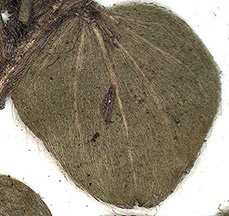 | 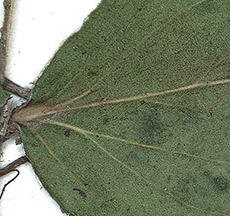 | 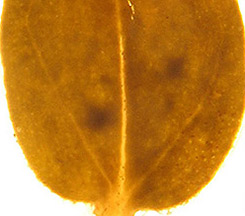 |
|---|---|---|
| E. prostratus | E. rotundifolius | E. purpusii |
 |  |  |
|---|---|---|
| E. prostratus | E. rotundifolius | E. purpusii |

Four taxa which I have been able to examine are shown below.
Collections of the following three somewhat similar Mexican taxa with somewhat modified palmatipinnate venation (i.e., with greater variation than I have observed with E. sericeus) have at times, in my opinion, been confused. Additionally I have seen all three determined as E. sericeus, perhaps based on their shared feature of a glabrous upper leaf surface and lack of familiarity with van Ooststroom's 1934 monograph. Details of their venation might prove useful to distinguish them, listed with the descriptions given by van Ooststroom, these are:
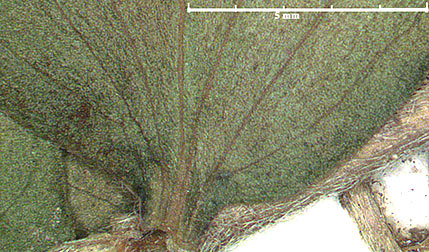 | 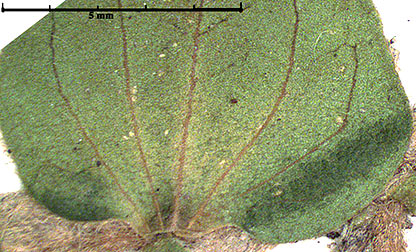 |
|---|---|
| Durango | Jalisco |
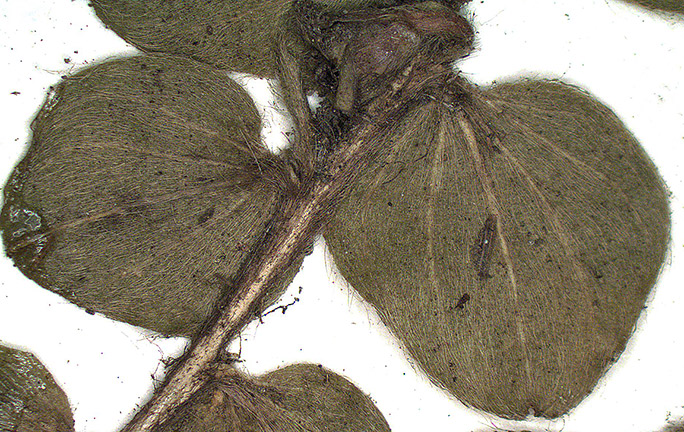 | 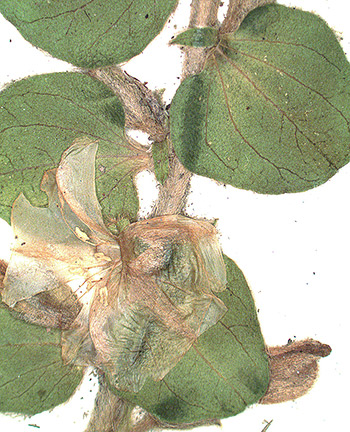 |
|---|---|
| Estado de Mexico | Jalisco |
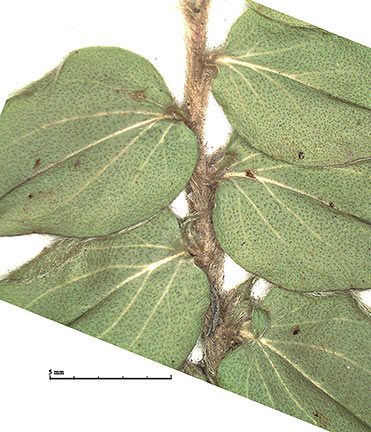
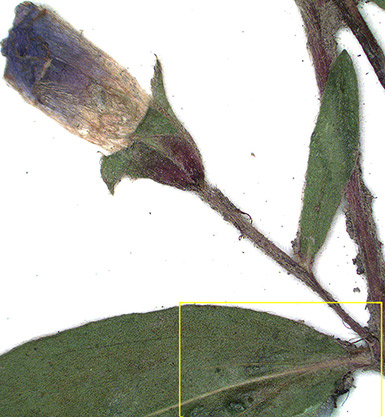
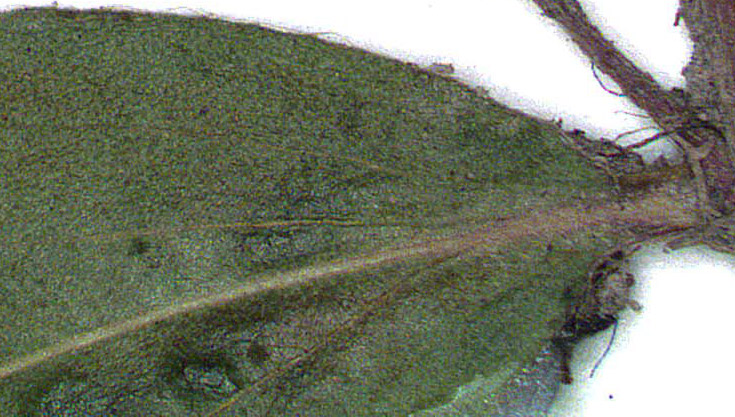
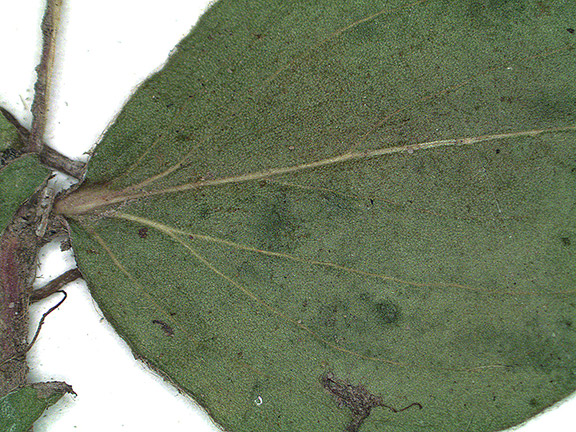
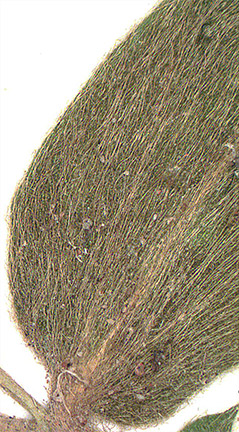
Both images from the same Durango collection as above.
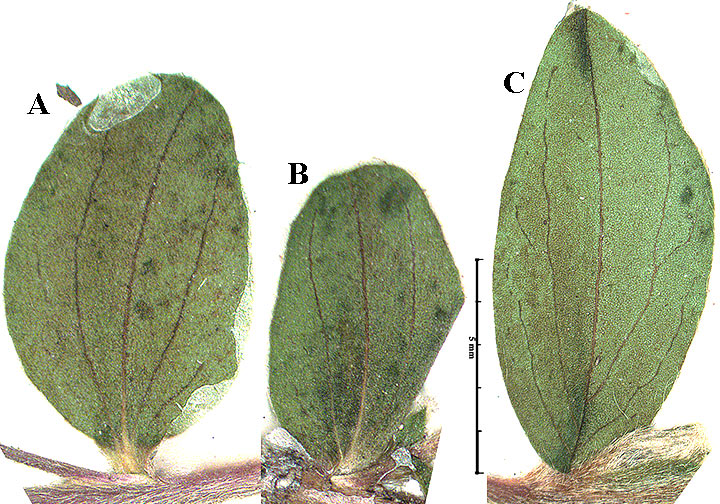
Three E. rotundifolius leaves from the same plant (Durango). A & B show the two paired secondaries arising from the base (the outer pair questionably secondary, shorter and weaker) with no secondaries above these; C is quite different with secondaries not paired and not limited to the very base, although all secondaries are directed toward the apex..

E. rotundifolius leaves from three areas. The Durango and Chihuahua secondaries are all directed toward the apex, even those at the mid point. With Sonora the higher secondaries close loops withs veins from lower down. .
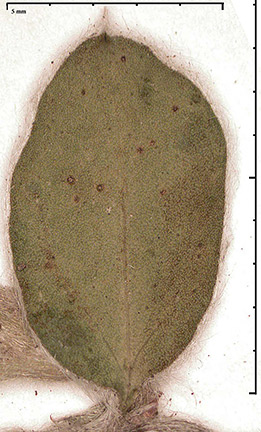
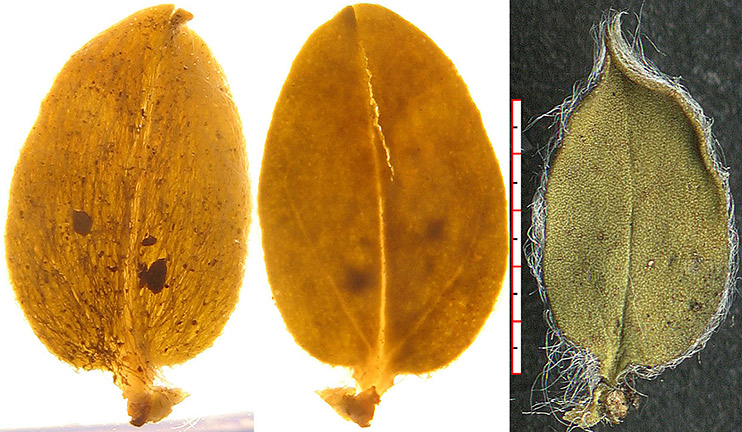
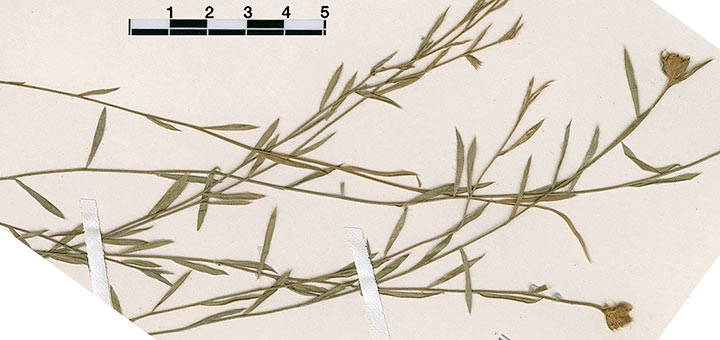
In A New Species Of Evolvulus (Convolvulaceae) From Veracruz, Mexico [Phytologia 65:152-3 (1988)], A. McDonald includes the following description:
Leaves ... lamina linear–lanceolate, 1.0—1.8 cm long, 2—3 mm wide, ... venation palmate with 3-5 major nerves.In his 1993 article "Evolvulus" in Flora de Veracruz, McDonald has an apparent contrast of E. choapanus with E. sericeus, the former said to have "venación palmada, 3—5 nervaduras mayores saliendo de la base" [i.e. palmate, 3—5 major veins originating from the base] the latter, "venación palmattipinada, las 3 nervaduras mayores originándose desde las base" [i.e. palmatipinnate, the 3 major veins originating from the base].
Attempts to find venation patterns on the JSTOR scanned leaves has proved futile.
Subsequently I was able to view an isotype specimen on loan from the Field Museum (A.D.L. Orozco S. 188). Leaves of this specimen were palmatipinnate, as were leaves of E. sericeus from Veracruz. No leaves were found with strictly palmate venation. In general the venation of this isotype was somewhat stronger than with the E. sericeus specimens from Veracruz at the Field Museum — not however, stronger than E. sericeus specimens from other areas. [Click on image for enlargement.]
